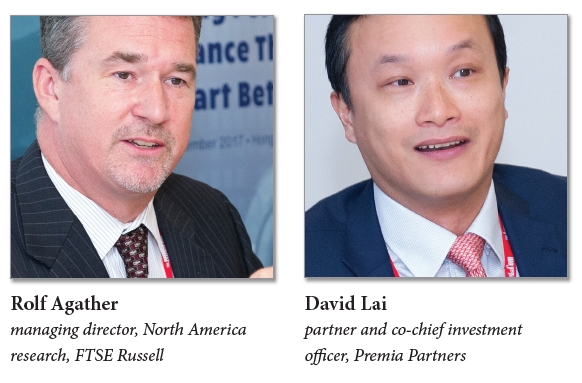
The use of smart beta strategies for asset allocation has been on the rise among asset owners seeking innovative ways to boost portfolio returns.
As an equity investing approach, smart beta typically falls somewhere in between active and passive investing. It is not entirely actively managed where investment decisions are driven by the goal to outperform the benchmark index, nor is it totally passive where it would simply track the benchmark.
With the use of smart beta, managers could achieve returns at costs lower compared to active investing, and beat most known benchmarks.
But there’s nothing simple about constructing a smart beta strategy.
In fact, fund managers seem to agree that smart beta means different things to different managers. At The Asset Forum, “Enhancing portfolio performance through smart beta” held in Hong Kong, experts gathered to discuss its meaning and its growing relevance to portfolio construction.
For Rolf Agather, managing director of North America research at FTSE Russell, smart beta strategies are generally indices that are rules-based, transparent and not strictly market-cap weighted.
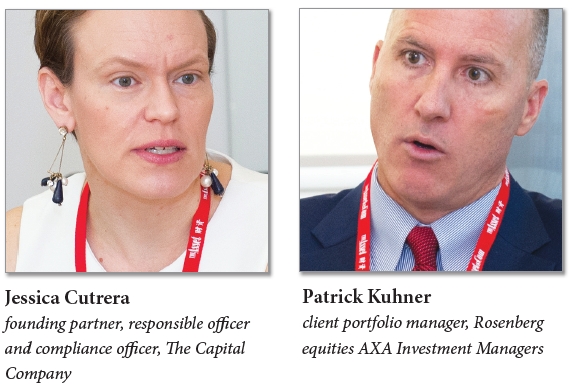
“For us it takes any index that is purely rules-based and transparent and beyond that, it can be a wide variety of different types of strategies,” he says.
But what makes the smart beta approach unique is that it also represents a form of factor investing. Factors are elements that allow a fund manager to categorized assets, particularly equities, by their principal characteristics. Examples of commonly used factors are value (value stocks), low volatility (low volatility stocks), and momentum (low momentum stocks).
These factors can be used to create a portfolio, known as single factor smart beta or in combination with other factors, known as multi-factor smart beta.The characteristics of each factor can be built by the fund manager to suit his particular investment objective, which makes it a bespoke factor solution.
There are so-called “off-the-shelf” factors that have been designed by well-established index providers and some managers prefer to use those. The advantage of using off-the-shelf factors is that they are standardized and widely accepted in the market.
Fund managers thus can use one or multiple factors at certain periods or when certain market events unfold requiring a strategy that can suit their overall investment objective.
For example, a fund manager whose objective is to build a high dividend portfolio uses a dividend factor to allocate more to high dividend stocks during a market correction when stock prices are cheap.
But choosing the right factor to suit one’s investment goal can be tricky.
Even within Asia, a well-known factor may not necessarily apply in certain markets.
“We did research that found that while the dividend factor works in most markets, it doesn’t necessarily work in China,” says David Lai, partner and co-chief investment officer at Premia Partners. He explains that China implements certain regulations that are unique to its markets, making it tough to derive a factor-like dividend for smart beta investing.
Smart beta is not for everyone. Experts agree that clients need to be educated about the intricacies of smart beta.
“Client education is really critical in using smart beta in a way that will achieve real results,” says Jessica Cutrera, founding partner, responsible officer and compliance officer at The Capital Company.
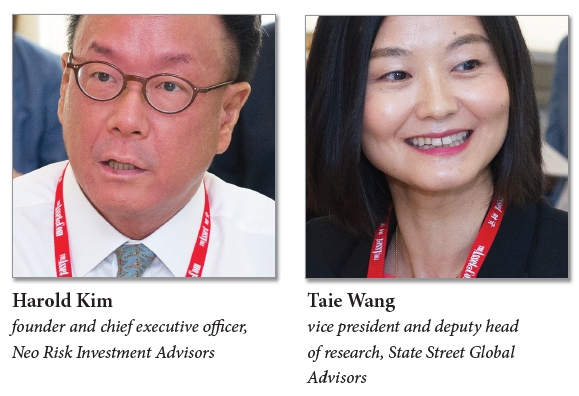
Patrick Kuhner, client portfolio manager, Rosenberg equities AXA Investment Managers, recommends starting with one or two factors and using them over a period of time to see if they can achieve the investment objective. “Fees are a big part of this too,” he adds. “There’s real pressure on fees, and smart beta is going to step in there. Anytime you quantify these investment ideas whether its value, quality, low volume, that’s really the definition of the smart beta. It’s what you’re delivering to the clients,” Kuhner says.
“This type of investing is very new in Asia, so we’re doing a lot of investor education. In Japan, because the returns have been low for much of the last decades, the non-beta return has been concentrated in a handful of factors. This means that Japanese investors have less controllable factors than those in other developed markets, say, the US. This makes investor education critical in Asia,” says Paul Sandhu, head of investment solutions at Conning Asia Pacific.
Market timing
One big challenge of factor investing is determining the correct time when to deploy or implement a specific factor. This is a source of debate among market practitioners.
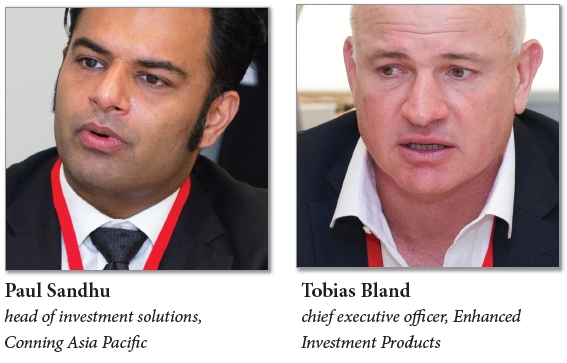
Harold Kim, founder and chief executive officer of Neo Risk Investment Advisors explains that his firm’s investment strategy involves estimating market risks and adjusting factor exposures in response.
“Some people say ‘you’re timing the market’, but I disagree. We’re not projecting market returns. Instead, we’re trying to assess the risk of the market and choose the factor exposures that are right for that level of risk,” Kim says.
Cutrera agrees. “We don’t think market timing is a valid and reliable strategy to deliver profitability long term. So we look at the various factor models and we do apply tilts, but we definitely take a long-term view. We focus on diversification and implementation of factors that have some reliability on a long-term historical basis, but don’t attempt to market time in the short term,” Cutrera adds.
John McCareins, managing director, head of Asia Pacific, asset management of Northern Trust, takes a broader perspective, arguing that there should be rules around rebalancing exposures that may go beyond market timing.
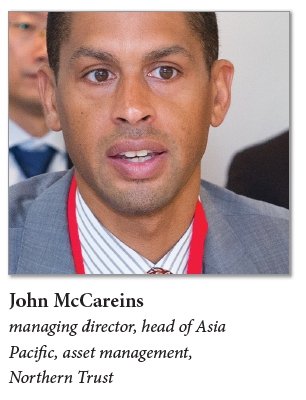
“If you’re a CIO managing an asset pool today, you want multiple asset class exposures. You’re thinking about it on a risk basis, but you’re going through a systematic review to continually assess your objectives against your exposures and the prevailing market environment. It is similar for us in a multi-factor portfolio context – it’s not ‘set it, forget it, put together a portfolio, and never look back’. You have a systematic process linking objective to exposure management. You’re trying to maximize the desired outcome for investors and trying to minimize uncompensated risks. But the underlying factor research process is ongoing to understand changes in the efficacy of our models and the market environment,” McCareins says.
Taie Wang, vice president and deputy head of research at State Street Global Advisors, believes in “diversifying the factor cyclicality”.
“We advise equal weight to the factors because we believe that it’s not only very hard to time the factors, but there are significant pitfalls with factor timing as well, such as cherry-picking and time-varying relationships. At the end of the day, a lot of the timing strategies actually don’t outperform the equal-weighted portfolio,” says Wang. “However, we believe at the margin, it is possible to time certain elements that can add value and improve outcomes,” she adds.
Experts agree that smart beta investing will be most useful for investors if it is simple and helps managers to be more focused on their asset allocation.
“The nuances are trying to keep it simple in the sense that once you’ve chosen the factors, you’ve got to put your heart behind them. Over-complicating by trying to bring in a dividend angle will tie yourself in knots. It’s the simplistic way that you’re using smart beta to do your asset allocation. By breaking it down into simple building blocks it means your asset allocation can be more focused,” says Tobias Bland, chief executive officer at Enhanced Investment Products.
Agather of FTSE concurs. “Asset allocation generally has more impact on your returns than securities selection or fund selection. For us, we first seek diversification – that’s still the most powerful tool that investors can count on. And then, depending on your objectives and preferences, getting that allocation right,” says Agather.









